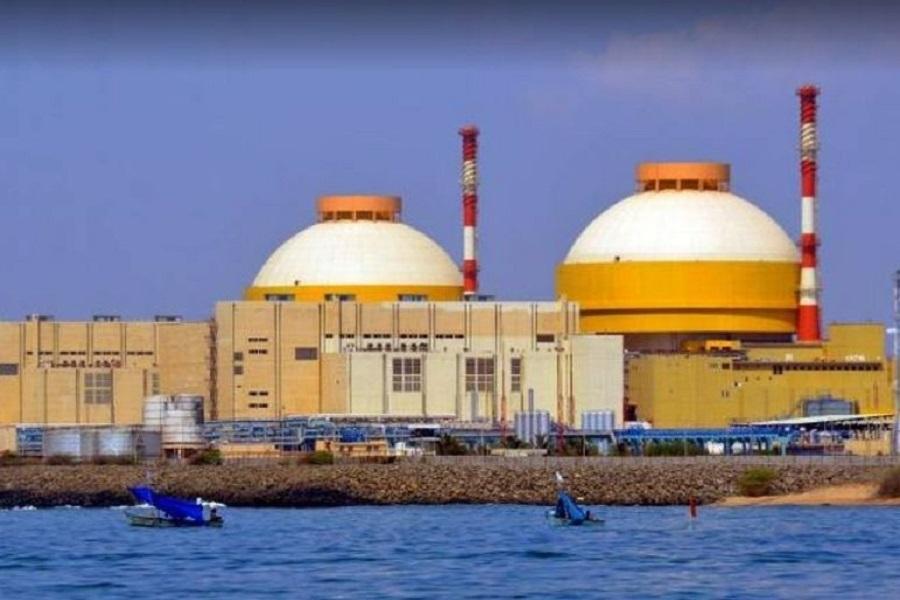
Centre Reviews 100 GW Nuclear Mission to Boost Clean Energy Goals
In a significant move towards achieving its clean energy targets, the Union Government of India has convened a high-level meeting to review the 100 GW Nuclear Energy Mission. The meeting, held on Friday, was jointly chaired by Union Power Minister Manohar Lal Khattar and Minister of State for Atomic Energy, Dr Jitendra Singh. The meeting aimed to discuss the progress made so far and outline key directives to achieve the ambitious target of expanding India’s clean energy basket.
As part of Prime Minister Narendra Modi’s vision to reduce India’s reliance on fossil fuels and minimize its carbon footprint, the government has set a target of achieving 100 GW of nuclear power generation by 2031. This target is a crucial component of the country’s overall clean energy strategy, which aims to reduce greenhouse gas emissions and achieve Net Zero emissions by 2070.
The meeting, attended by senior officials from the Ministry of Power, Ministry of Atomic Energy, and nuclear power plant operators, reviewed the current status of nuclear power generation in the country. According to official data, India’s nuclear power generation capacity currently stands at around 6.7 GW, with a total of 22 operational nuclear power plants.
The meeting discussed various strategies to accelerate the growth of nuclear power generation in the country, including the development of new nuclear power plants, uprating of existing capacity, and enhancing nuclear fuel supply. The government also emphasized the need for effective coordination between the Ministry of Power, Ministry of Atomic Energy, and the nuclear power plant operators to ensure smooth implementation of the 100 GW Nuclear Energy Mission.
One of the key directives outlined during the meeting was the need to enhance nuclear fuel supply to meet the growing demand for nuclear power generation. The government has set a target of increasing nuclear fuel supply by 20% to meet the demand for the next five years. To achieve this, the government has announced plans to increase the production capacity of nuclear fuel at the Uranium Corporation of India Limited (UCIL) and the Nuclear Fuel Complex (NFC).
Another key area of focus was the development of new nuclear power plants. The government has announced plans to commission at least five new nuclear power plants in the next five years, with a combined capacity of over 5 GW. The development of these new plants will not only increase India’s nuclear power generation capacity but also help to reduce the country’s reliance on fossil fuels.
The meeting also emphasized the need for effective safety measures to ensure the safe operation of nuclear power plants. The government has set a target of reducing the average capacity factor of nuclear power plants to 80% by 2031, which will require the adoption of advanced safety measures and technologies.
The 100 GW Nuclear Energy Mission is a critical component of India’s clean energy strategy, which aims to reduce the country’s carbon footprint and achieve Net Zero emissions by 2070. The government’s target of increasing nuclear power generation capacity by 15 times in the next 15 years is a significant step towards achieving this goal.
In conclusion, the high-level meeting convened by the Union Power Minister and Minister of State for Atomic Energy has outlined key directives to achieve the 100 GW Nuclear Energy Mission. The meeting has emphasized the need for effective coordination between the Ministry of Power, Ministry of Atomic Energy, and nuclear power plant operators to ensure smooth implementation of the mission. The government’s commitment to increasing nuclear fuel supply, developing new nuclear power plants, and enhancing safety measures will be crucial in achieving the target of 100 GW of nuclear power generation by 2031.
News Source:
https://investmentguruindia.com/newsdetail/centre-outlines-key-directives-towards-100-gw-nuclear-energy-mission307337






